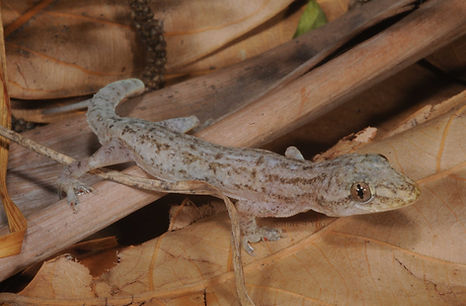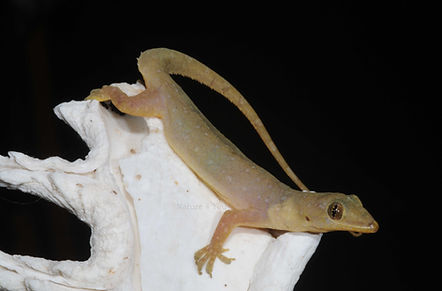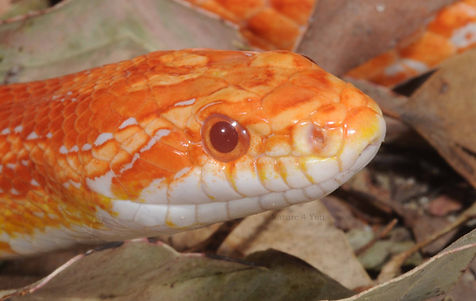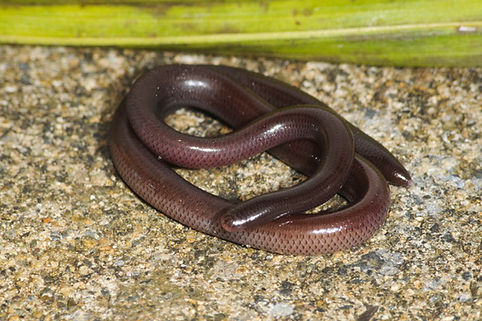
Wildlife Demonstrations, Emergency Consultancy &
Wildlife Management, Photography, Wildlife Books & Giftware
Australia's Exotic reptiles
Australia only allows us to keep native reptiles. Any reptile not native to Australia is referred to as an exotic. There are a few reason's we have exotic reptiles in our country even though we are not allowed to keep them.
1)Before the 1960's Australia was allowed reptiles from overseas for pet trade. Legislation then came in that deemed all reptiles not native were illegal for people to keep in private collections as pets. People were not breeding reptiles in the numbers we are these days so the numbers just dwindled off in private collections.
2) Smuggling. People always want what they can't have. After the "thrill" has worn off and people are either unable to or don't want to care for the reptiles and amphibians they are either moved on or let go in the bush to avoid getting into trouble for having illegal animals.
3) Escaped zoo animals. (Rarely)
4) Accidental arrival (eg in a shipment of goods - Asian House Geckos are geckos that originate from Asia and the Indo-Pacific Region. These geckos arrived in Australia by stowing away in shipping cargo.)
It is important that any exotic reptiles are handed in to the appropriate authorities. If you are in doubt what to do contact Parks and Wildlife in your state and they will point you in the right direction.
Below are some of the more commonly encountered exotic reptiles encountered in Australia. They are thriving in our country.
Asian House Gecko
Hemidactylus frenatus
Asian House Geckos are geckos that originate from Asia and the Indo-Pacific Region. The first recording of an Asian House Gecko in Australia was in 1964 in Darwin. These geckos arrived in Australia by stowing away in shipping cargo. Asian House Geckos range from a light pink to a light brown in colour and have a mottled pattern on the top of the body. The underneath is a pale cream colour. They reach approximately 11cms in length. They have small spines/tubercules that go down their lower back and follow onto their tails. Asian House Geckos are prolific breeders. They are capable of laying eggs (two per clutch) several times per year. This has ensured establishment in urban environments.


Fox Gecko
Hemidactylus garnotii
This gecko is also known as Garnot's house gecko, and the Assam greyish brown gecko, was originally found in North East India Bangladesh, Nepal, Bhutan, Thailand, Burma, Vietnam, Malaysian Peninsula, South China, Taiwan, Philippines, Indonesia, Malaysia,Papua New Guinea,
New Caledonia, Loyalty Islands, Polynesia, Fiji, Western Samoa, Vanuatu, Cook Islands and Tonga. Due to importations of goods and great hiding skills it has been introduced into Australia, America, Hawaii, the Bahamas; Costa Rica, Guatemala, Colombia, and New Zealand. Adults reach approximately 10cms in length. During the day they are a dark gray or brown colour with light markings. During the night they change to a pale translucent colour. The underneath is a orange or yellow colour. The snout long and narrow, hence the common name of fox gecko. The tail is flattened and has a row of spiny scales on the lateral edges. The species is parthenogenic (meaning all individuals are female and lay eggs that hatch without requiring male fertilisation.)
Corn Snake
Pantherophis guttatus
Corn Snakes are also known by the names Rat Snake or Chicken Snake. Corn Snakes range form orange brown above, having black edged red rhomboid shaped vertebral blotches.The lower flanks are often yellowish. The striking belly has a black and white checkered pattern. Corn Snakes reach approximately 180cms in length. Corn Snakes now have established populations in the wild due to accidental escapes and deliberate releases from illegal reptile collections. Most specimens have been found around Sydney, NSW with additional specimens being found around Melbourne and Brisbane. Native to southeastern USA. Corn Snakes are nocturnal, but will bask during the day. They are a terrestrial snake but are extremely adaptable, climbing trees while hunting. They live in open forests, swamps and urban areas.The large numbers of adults and juveniles that have been found suggests this species has become established in the wild. Corn Snakes feed mainly on mammals, birds and their eggs. Juvenile Corn Snakes will eat lizards and frogs. Corn Snakes are capable of laying 3-40 eggs per clutch.


Brahminy Blind Snake
Indotyphlops braminus
The Brahminy Blind Snake is best known as the Flowerpot Snake. The Brahminy Blind Snake has gotten this common name because it is a fossorial species which has made it's way around several countries via the soil in flowerpots. The Brahminy Blind Snake is actually native to parts of Africa and Asia, but has now been found in many other countries of the world. Australia, (other parts of Africa and Asia), Southeast Asia, India, Mexico, Sri Lanka, America and quite a few Pacific Islands all have records of flowerpot Snakes thriving in their eco system. They are brown to purple in colour and lighter underneath. They have a rounded head and reach approximately 17cms in length.


Red-eared Slider Turtle
Trachemys scripta elegans
Red-eared Sliders arrived in Australia in the 1960,s - 1970's via the pet trade. Red-eared Sliders have established wild populations. These are through captive escapees and deliberate releases. The World Conservation Union has named Red-eared Sliders as one of the 100 worst invasive pests. Due to prolific breeding an eradication program was started. However, the species is still being found in some Queensland waterways and captive Red-eared Sliders are still being surrendered to authorities. It is a major threat to our native freshwater ecosystem. Exotic animals have the potential to reduce our native animals by food competition thus in turn destroying our aquatic vegetation that native species need for nourishment. The Red-eared Slider originate from North America. They are named for their facial marking. Adults reach an approximate size of 30cms (L). Hatchling Red-eared Sliders are approximately 4.5cms (L). The head of a Red-eared Slider is marked with fine light stripes. The colouration of the shell is green - brown on the carapace with pale streaks and dark marks. Red-eared slider turtles pull their heads directly back into the shell - this differs to our native turtles who put their necks to the side, which is under the edge of the shell giving the head protection.
Cane Toad
Rhinella marina
The top of the body is yellow to brown or greyish with black spots. Young animals can have red to orange spots. Juveniles are grey to black often flecked with orange and brown. The underneath colour is a pale brown to grey with white or cream marbling. Cane Toads reach a length of approximately 12cm but there have been reported sizes of up to 20cms in length. Cane Toads were originally released at Gordonvale in Queensland in 1935 to keep the Cane beetle under control. This introduced species has had a devastating effect on Australian ecosystems due to their toxic nature. Recently discovered there is evidence to show that many species are beginning to develop resistance or strategies to allow them to eat toads.Their distribution has expanded as far south as the north coast of New South Wales and as far west as the Kimberleys in Western Australia. Cane Toads have adapted that well they are able to live in a wide variety of habitats from mangroves, swamps, forests, grasslands, savannah and rocky gorges. They also thrive in agricultural and urban areas. Mainly nocturnal as adults, juveniles and metamorphs are often seen around water-bodies during the day. Cane Toads mainly eat invertebrates and small vertebrates. They lay up to 35000 eggs in various long strands of black eggs. Tadpoles start to develop into metamorphlings after about 5 weeks.
PLEASE CHECK WITH SOMEONE WHO IS ABLE TO TELL THE DIFFERENCE BETWEEN OUR NATIVE FROG AND TOAD SPAWN BEFORE CULLING. MANY PEOPLE TRYING TO DO THE RIGHT THING HAVE INADVERTENTLY KILLED FROG TADPOLES.

